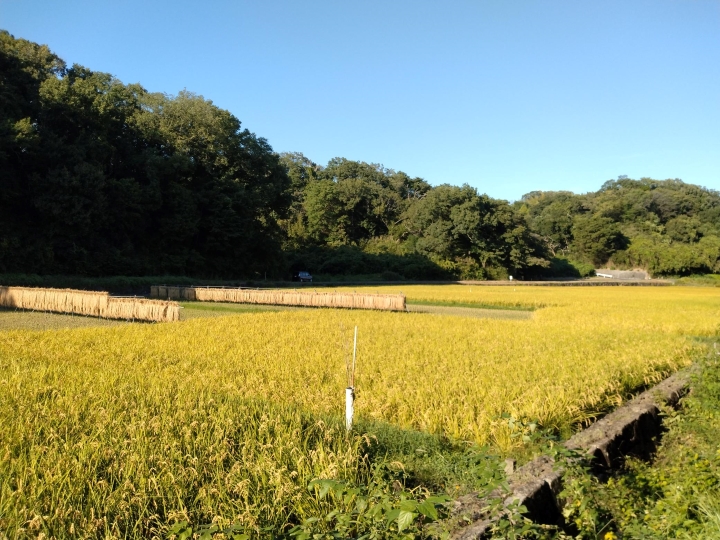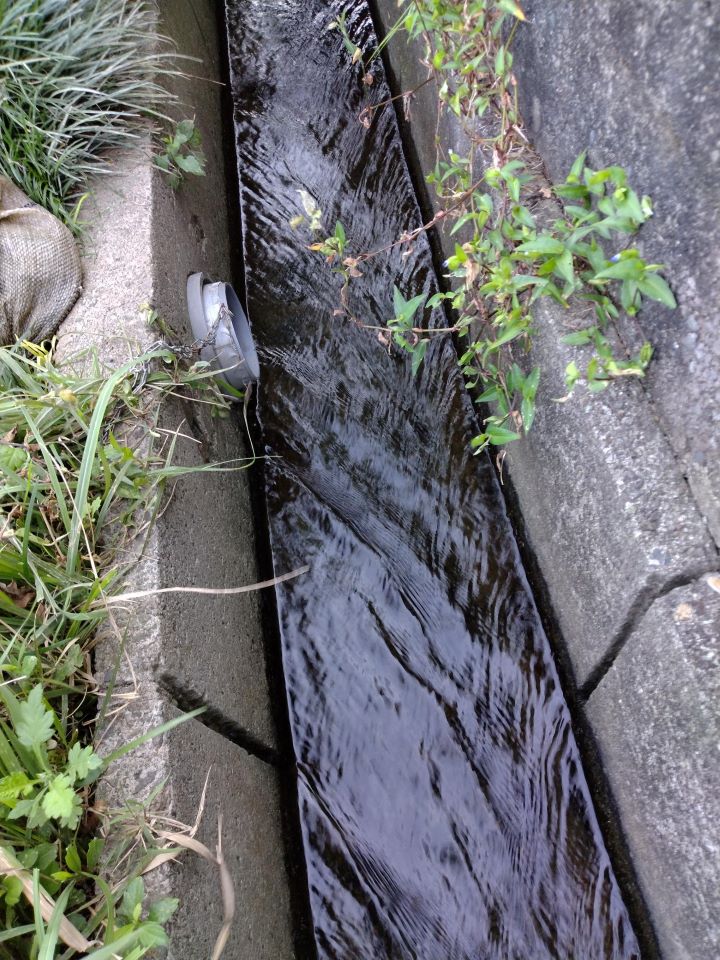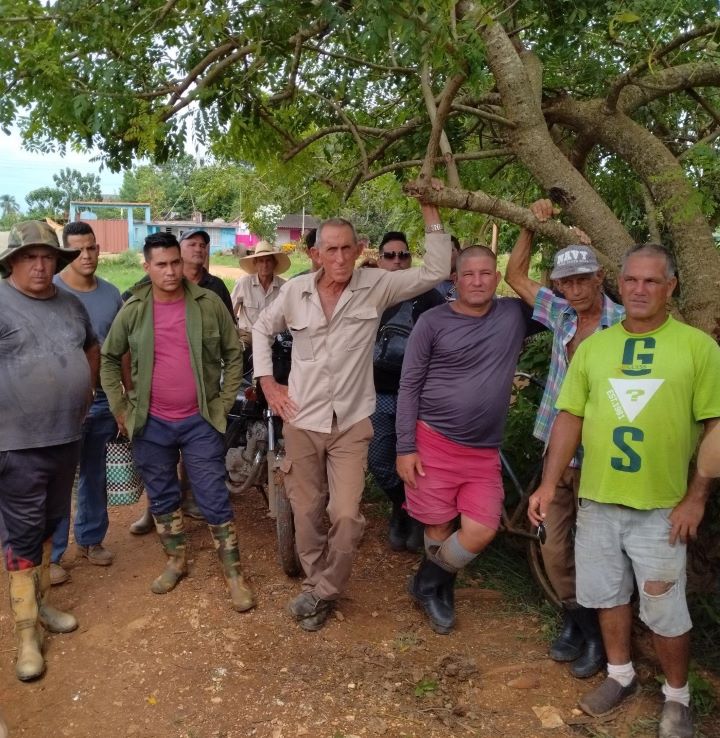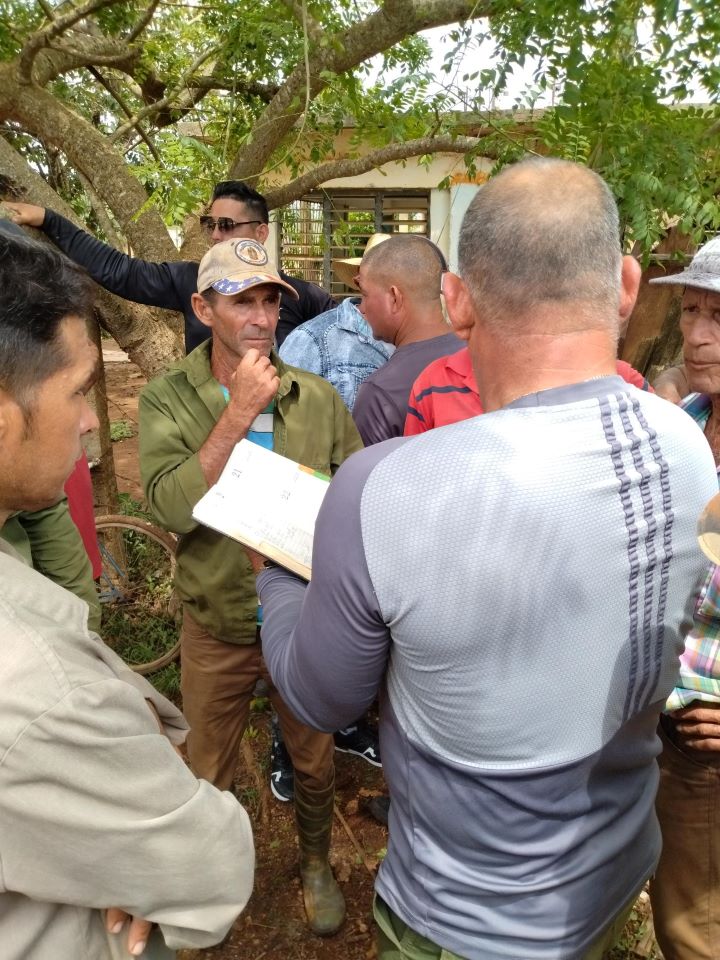Consideration on Consensus Building in Water Use from Environment of Satochi-Satoyama
2024.10.25
-

- Kaji Takashi Senior Deputy Director Water Resources Team 2 Water Resources GroupGlobal Environment Department
Coordination and consensus building among various stakeholders, including water users, are essential for equitable and sustainable use and management of water resources. I would like to consider consensus building in water use and water resources management in agriculture from the aspect of Satochi-Satoyama (countryside landscape) which is close to our living environment.
What do you think of the term ‘consensus building’? Who is responsible for consensus building in the management and use of water resources? Are they actual water users or government agencies? How is a consensus reached?
The Water Resources Group of the Global Environment Department of JICA has developed new sectoral cooperation policy, ‘JICA Global Agenda: Sustainable Water Resources Management and Water Supply” (JICA Global Agenda - JICA's 20 Strategies for Global Development - | Towards a resilient, inclusive, and prosperous Africa | Japan International Cooperation Agency).’ Under the policy, we are promoting the approach to resolve water-related issues in the field through integrated water resources management. Within this approach, one of the most important axes is consensus building among various stakeholders involved in management and use of water resources in order to solve water resource issues in developing countries. The stakeholders involved in the consensus building and its methods vary depending on the issues to be agreed upon. This time I would like to consider the consensus building from the perspective of the natural environment which is familiar to me.
There is a place called ‘Jike Furusato Village’ (Aoba Ward, Yokohama City) where I often go to for relaxation. There are wooded hills that make you think, ‘Is this Yokohama City?’ The village is surrounded by the wooded hills with rice paddy fields in between. Every May and June, fireflies fly around, creating a fantastic atmosphere with the old-fashioned Japanese rural landscape.
There are irrigation canals beside the rice paddy fields. Water flows from a pond in the wooded hill. During rice planting season, a water stop is placed in the canal and water is drawn into the rice paddy field. I wonder if there are any old rules among farmers regarding the order of drawing water and the amount of water to be drawn, and how these rules have been passed down through the generations.
When I was thinking about this while visiting Jike Furusato Village, I came across a book titled ‘Farmers' Water Resource Wars: Pursuing Water Conflicts in the Edo Period’ (written by Takashi WATABNABE, Soshisha Bunko). The book introduces how farmers in the Edo period solved the water conflicts, based on actual cases in the Osaka Prefecture area, for instance, ‘In a village, the village headman takes the lead in managing the farmers and controlling the water use environment. Villages that draw water from the same river or irrigation canal form a water user association and manage it according to water use rules. If a village breaks the rules, for example by building a weir without permission, the villagers unite to fight against that village. If the villages are unable to solve the issue among themselves, they appeal to the Shogunate. Basically, the result of the ruling was that the existing water use practices should be followed.’ The water conflicts among farmers in the Edo period are described in detail in the book.

Autumn afternoon in Jike Furusato Village

Irrigation canal beside rice paddy field. A water stop is placed for drawing water into rice paddy field.
How have farmers in developing countries been building consensus on water use? I would like to introduce a case study of Güines Municipality, Mayabeque Province in Cuba, which I visited as part of activities in the Project for Enhancement of Capacities for Integrated Water Resources Management in Cuba.’
Agriculture is the most important industry in Güines Municipality, and water is used mainly from rivers. To prevent conflicts among farmers and to ensure that farmers can use water properly, an ‘irrigators’ community’ has been established. Currently about 250 farmers participate in it. The farmers said that this irrigators’ community was established in 1826. It seems that this kind of organization has existed for quite a long time, similar to the Japanese case described above.

Meeting of Irrigators' Community
Currently, the irrigators’ community holds weekly meetings on Wednesday for each of the three main canals. The meeting is attended by the administrative officer who manages the irrigation. He asks which farmers use the water and when, and if several farmers are scheduled to use the water on the same day, they make verbal arrangements such as sharing the water together or giving priority to one farmer over another. The administrative officers patrol the irrigation canals to ensure that the agreements made in the irrigators’ community are being followed. In response to this method of water use and management, the members of the irrigators’ community commented, ‘All members are neighbors and members of the local community. We are cooperating to use the water,’ ‘This way of using water has been done for a long time. There is no other way but this way’, etc.

Administrative officers listen to farmers' water use plans and coordinate water use among farmers
The consensus building in Güines Municipality has much in common with that of the Edo period. I feel that solidarity as a community, trust among its members, and a sense of mutual monitoring have influenced the consensus building among farmers. On the other hand, the consensus building in the Edo period was not only at the farmer level, but also among the village level. If we think about modern administrative districts, consensus building among cities, prefectures, and even countries around the world is also crucial for the management and use of water resources.
It is water users at the field level, such as farmers, etc., who are directly affected by water use. I would like to support developing countries to promote appropriate consensus building at each level, while always being aware of the impact on them.
scroll